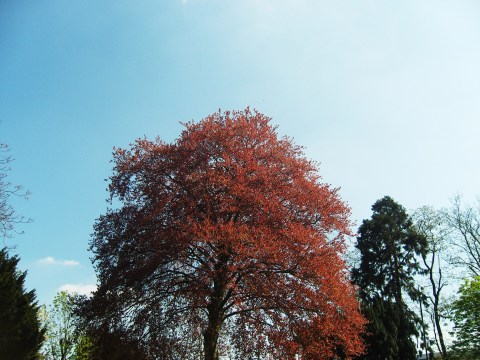It’s Sunday and the Sun is out and the birds are singing on my 21st vegan day!

Since I started being interested in living a more sustainable life, many things I learned have surprised me.
One of them is the hidden use of water there is in producing pretty much anything we might use during the day, from what we eat, to what we drink, from what we wear to which kind of fuel and energy source we use, everything has a “water cost”.
Some of the water may be needed to grow the food that feeds the animals that will be used for meat, some will be used during the processing…
When you click on the link you’ll be able to not only see the “water cost” but also compare different types of food and materials.
Would you believe that 2,500 litres of water are needed to produce 1 single burger, most of which goes towards the production of the beef? With all the burgers eaten in the world in a day, I actually don’t understand how we still have any water left…!
And chocolate? 12,000 litres for 500g, a pound of chocolate! Another reason not to over indulge in this precious food…
One T-Shirt needs 2,700 litres…I’m glad I never ever throw away clothes but give them to charity!
According to the “Hidden Water: 200 litres for a latte” article from online Italian paper corrieredellasera.it, the U.S. and China are the countries that use the most water.

What would cost more water? Black Coffee or Tea with Milk?
The thing is, no matter where you are, every one of us could do more to use less and waste less precious water!
With all the aquatic species that are key to our ecosystem’s balance, and the world’s fresh water being so limited (only 2.5% of all the water on Earth!), it’s really essential to be careful with the amount of water we use.

Florida Everglades: I don’t want these wetlands to dry up! Photo from National Geographic
Plus, saving water saves you money!!
Read about tips on how to save water with simple everyday actions.
I think the easiest good habits to save water are:
- Always load your dishwasher and washing machine fully before using;
- Make sure your taps don’t leak;
- Eat less meat;
- Buy less;
- Recycle more;
- Turn off the taps when you are brushing your teeth and washing the dishes, just think of all the water and money you’ll save in a year!
Do you know much about water? This National Geographic quiz is so interesting and fun! My result was 70%, what was yours?
Where you suprised by the hidden use of water too? I’d love to know!


